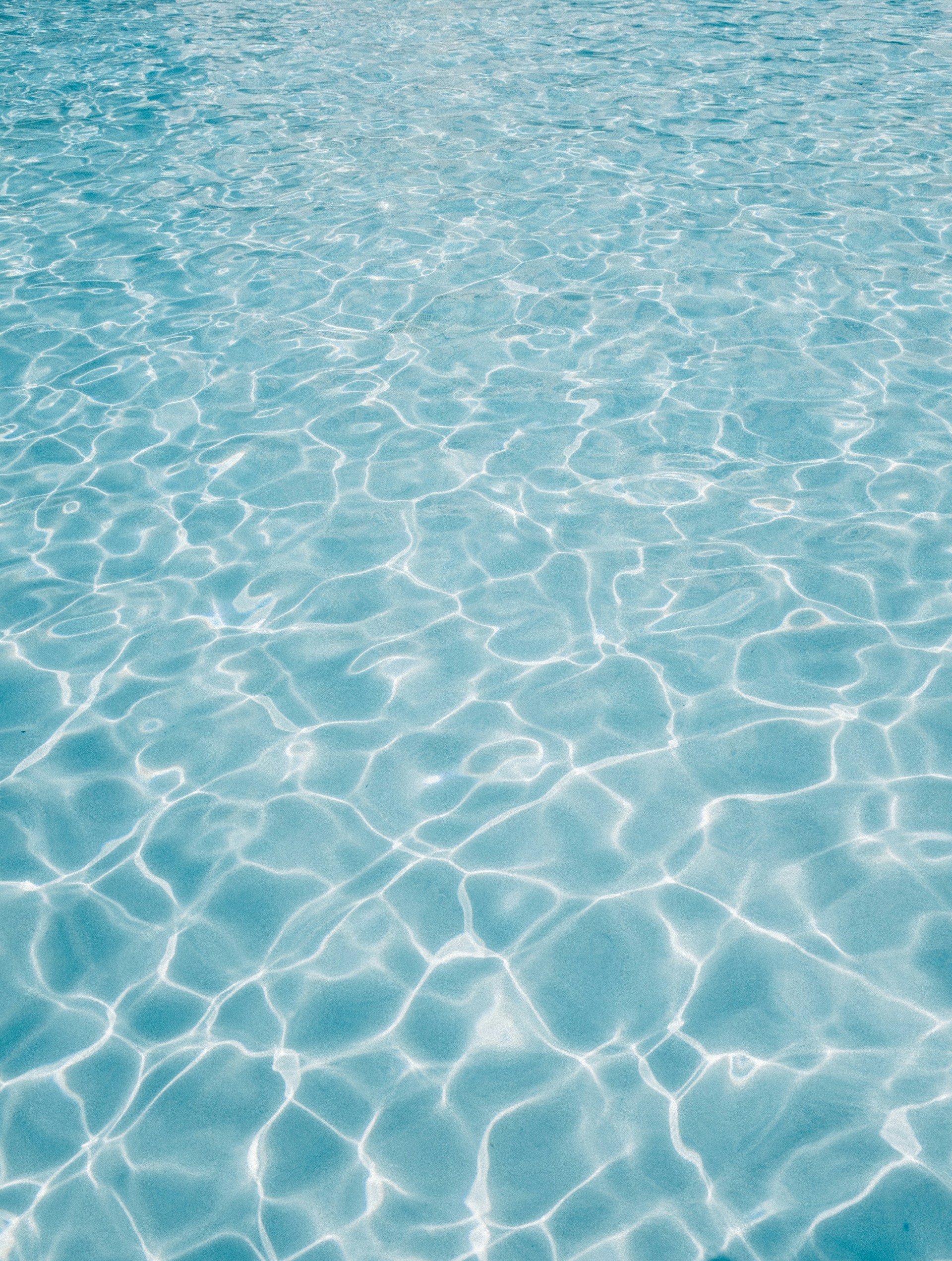
Activities


Explore luxurious amenities and exciting activities near Villa Marita.
At a distance of approximately 3 km northwest of Polichnitos, are the hot springs of Lisvori or thermal springs of Ai Giannis Lisvori, from the small church of the same name built there.
Their chemical composition is similar to that of the springs of Polichnitos with 70% meteoric water and 30% seawater. The hot spring of Lisvori is characterized as sodium chloride and gushes through volcanic conglomerates and volcanic tuffs. There are two baths, one of which was built in the 16th century. The water temperature reaches 69°C and is considered the second hottest spring in Europe. The spring facilities are located around the stream which flows into the Gulf of Kalloni, in a wonderful natural environment and with a view of this bay. The hot springs of Lisvori are recommended for skin diseases, rheumatism, sciatica, gynecological diseases, periodontal diseases, etc.


MARITA has bicycles for tours of the bay of Kalloni or for short getaways in the forest of Achladeri where the most beautiful waterfalls of the island are located! A special experience that will bring you closer to nature is hiking in the lush forest to explore the natural wealth of Lesvos.


The names of the island known from antiquity were: Pelasgia, Issa, Ethiopia and Aigeira (dark), Mytonis, Imerti (desirable), Lasia (dense tree) and Makaria. The mythology and traditions regarding the colonization and the first settlers of Lesvos, constitute an indication of the kinship of the Lesbians with the Thessalians and the Aeolians in general. Although the prehistoric period in Lesvos has not been sufficiently researched, twelve prehistoric sites are known, most of them coastal, and only four Mediterranean. It seems that the most densely populated area was the Gulf of Kalloni and the greatest prosperity and duration of the settlements coincides with the early Bronze Age. Of the cities of the prefecture, five were the most important:
Mytilene, Mithymna, Antissa, Pyrrha and Eresos. A sixth city, Arisvi, was destroyed in the 5th BC. century. by the Mithymnaeans. In few places are nature and human presence so harmoniously combined as in Lesvos. Most villages retain almost intact their architectural heritage. The basic building materials are stone and wood. The island's stonemasons were famous for their stoneworking. The small towers are a typical type of house with a tall stone trunk on the lower floor and a heavy construction of the front door for protection from pirates. Many of these towers and others The houses have a sachnisia, a light wooden structure that protrudes from the upper floor. The inner courtyards are full of flowers and color. A distinctive feature of the architectural landscape are the olive presses, many of which now house cultural centers, and in some areas (Plomari, Gera) the soap factories. Also of architectural interest are the island's schools and churches, an indication of the prosperity that the place experienced in the late 19th and early 20th centuries. Traditional settlements include Agiassos, Agia Paraskevi, Molyvos, Plomari, Vatousa and Mantamados. Arts and letters, and especially poetry, have flourished on the island since early antiquity. According to mythology, the sea deposited the head of Orpheus and his lyre on Lesvos, after he was killed by the maenads in Thrace. And the myth insists that the severed head of Orpheus continued to sing and give prophecies in his oracle near Antissa, while the lyre was said to have hung in the temple of Apollo in Mytilene. From the 7th century BC, In parallel with the great economic development, Lesvos experienced an intellectual and artistic flourishing, one of the most important in the Greek region. Although the cultural center of ancient Greece was Athens, the cities of Lesvos made a special and significant contribution to the building of ancient Greek civilization.

